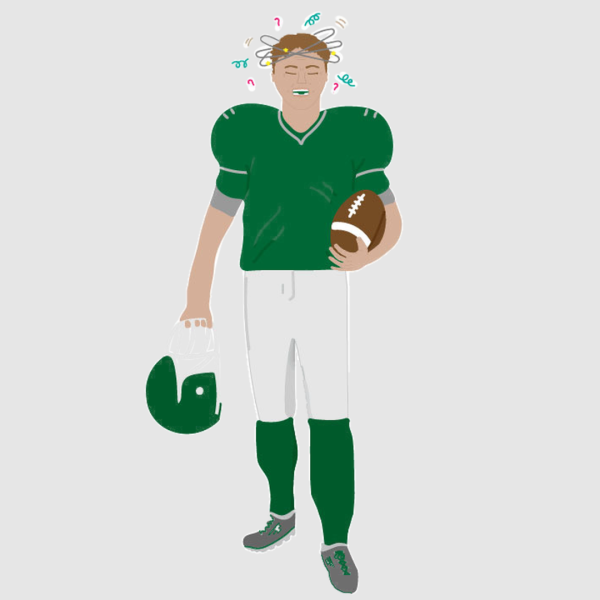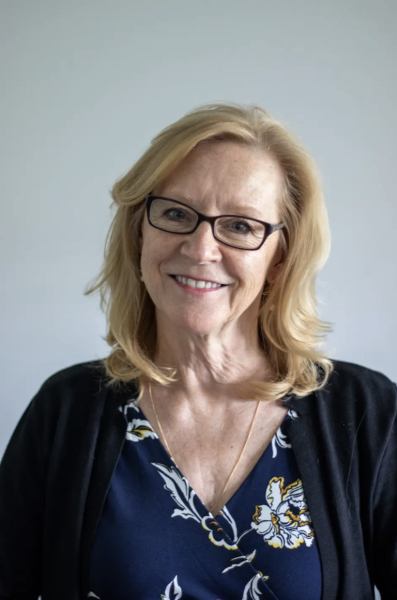Beauty beyond the beds
As students prepared for sunny vacations, rising temperatures and poolside afternoons this summer, swimsuit wearing, beach towel usage and overall happiness increased.
However, with summer coming to an end, students seek out tanning beds to preserve their summer glows.
But ultraviolet rays provide more than just warmth and tans: skin cancer is a deadlier and less apparent possible side effect of hours spent under the sun and in tanning beds.
Many girls begin using tanning beds with the intention of only going once or twice to prepare for special occasions.
“I started because of winter formal,” junior Paige Corcoran said. “After my first membership was over I just enjoyed looking tan and I decided to continue my membership.”
The staggering statistics do not deter students from tanning. When people age 35 and under use a tanning bed once, the risk of developing cancer increases by 75 percent. This is not a large enough hazzard to dissuade students.
“I am afraid of developing cancer,” Corcoran said. “Especially because I know a lot of people in my family that have had cancer. But I don’t think that a risk of cancer should stop me from doing something that makes me feel good.”
There certainly are benefits to tanning that suit the lifestyle of some people.
“I usually tan before I’m about to go on a trip,” junior Grace Bartle said. “I use it to build up my skin and my color and I use it in the winter because I do gymnastics and cheer. I think it looks better and it also helps me clear up my face. It relaxes me.”
Under doctor recommendation, tanning beds can be used advantageously to cater to certain skin types as well.
“I went to Hawaii and Florida this summer, and to protect my skin, I went to a tanning bed for 5-8 minutes at a time two weeks before my trip, recommended to me by a doctor,” choir teacher Hilary Morton said. “This lessened my chances of burning. This was my first time doing it, and I must say, I didn’t burn nearly as badly as usual.”
A skin cancer survivor herself, Morton is aware of the danger tanning poses and unpleasantly recalls the possible results of overexposure.
“Although very treatable, cancer is cancer, and it’s scary,” Morton said. “It’s also not pleasant to have these lesions or moles removed. They either cut them out, burn them or freeze them off, leaving some nasty scars.”
Many people aren’t aware that skin oddities aren’t the only warning signs for UV damage: a darker complexion is too.
“A very basic thing that people need to understand, is if your skin is tanned, by definition it’s damaged,” dermatologist Dr. Bittenbender said. “That’s how the skin responds to UV injuries is by tanning.”
While skin cancer in teenagers is very uncommon, teenagers who tan may experience wrinkly skin and melanoma scares later in their lives.
Aware of the risk she is taking, Bartle avoids going to the tanning bed every day, uses UV rayless beds and periodically goes to the dermatologist in a precautionary attempt to lessen her chances of developing cancer.
Also cognizant of her risk of cancer, Corcoran avoids tanning bed during the summer and usually lays out three times per week instead.
“If I found out that I had cancer, I would probably stop using the bed but that wouldn’t stop me from being out in the sun,” Corcoran said. “ I would just take better precautions with using higher SPF sun screen rather than tanning lotion.”
Morton knows the importance of protecting one’s skin and how to do so.
“I happen to be sensitive to the sun, but as I said, everyone is different,” Morton said. “ As far as I’m concerned, know yourself and protect your skin suit. You don’t get another one!”






